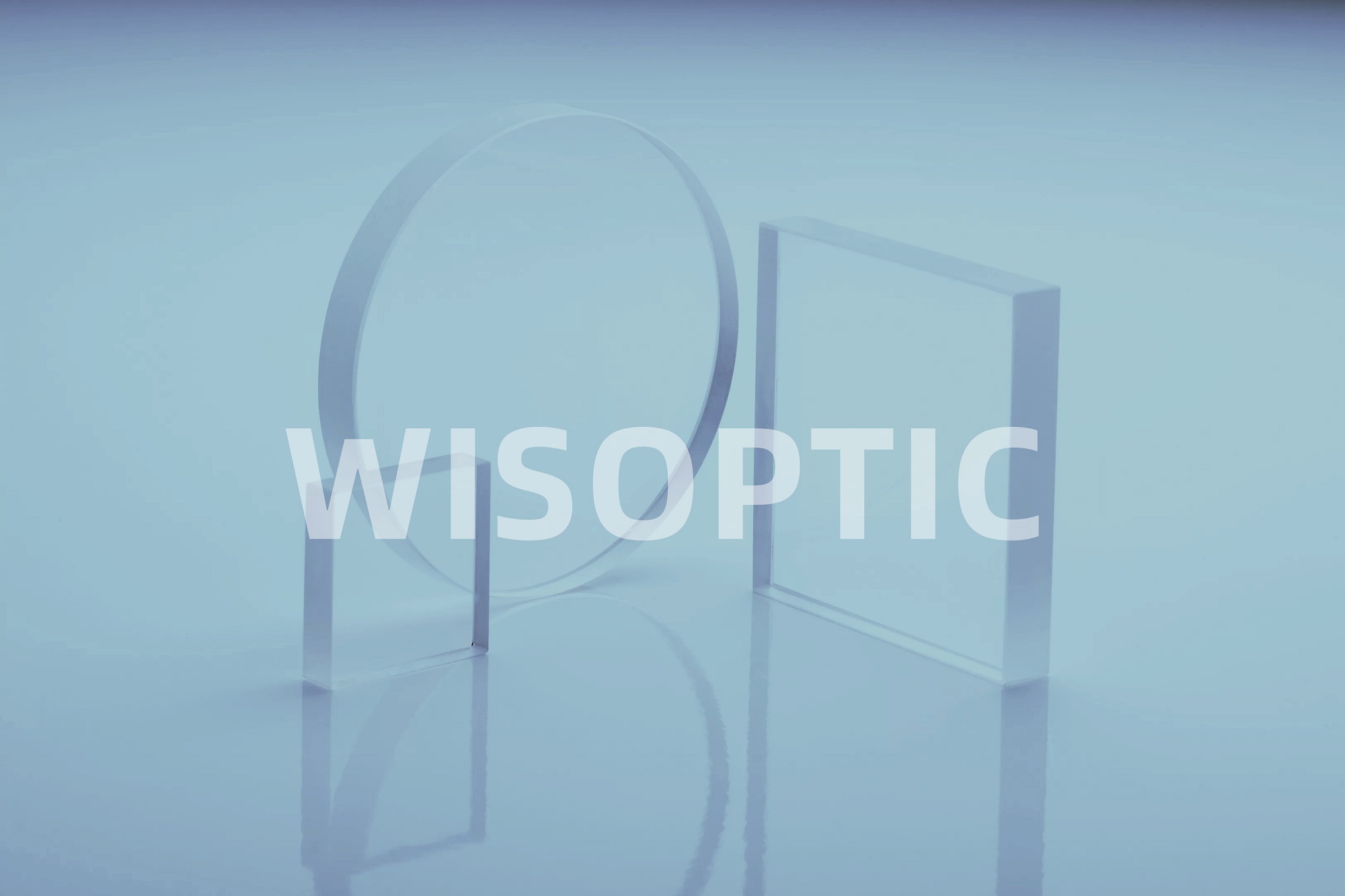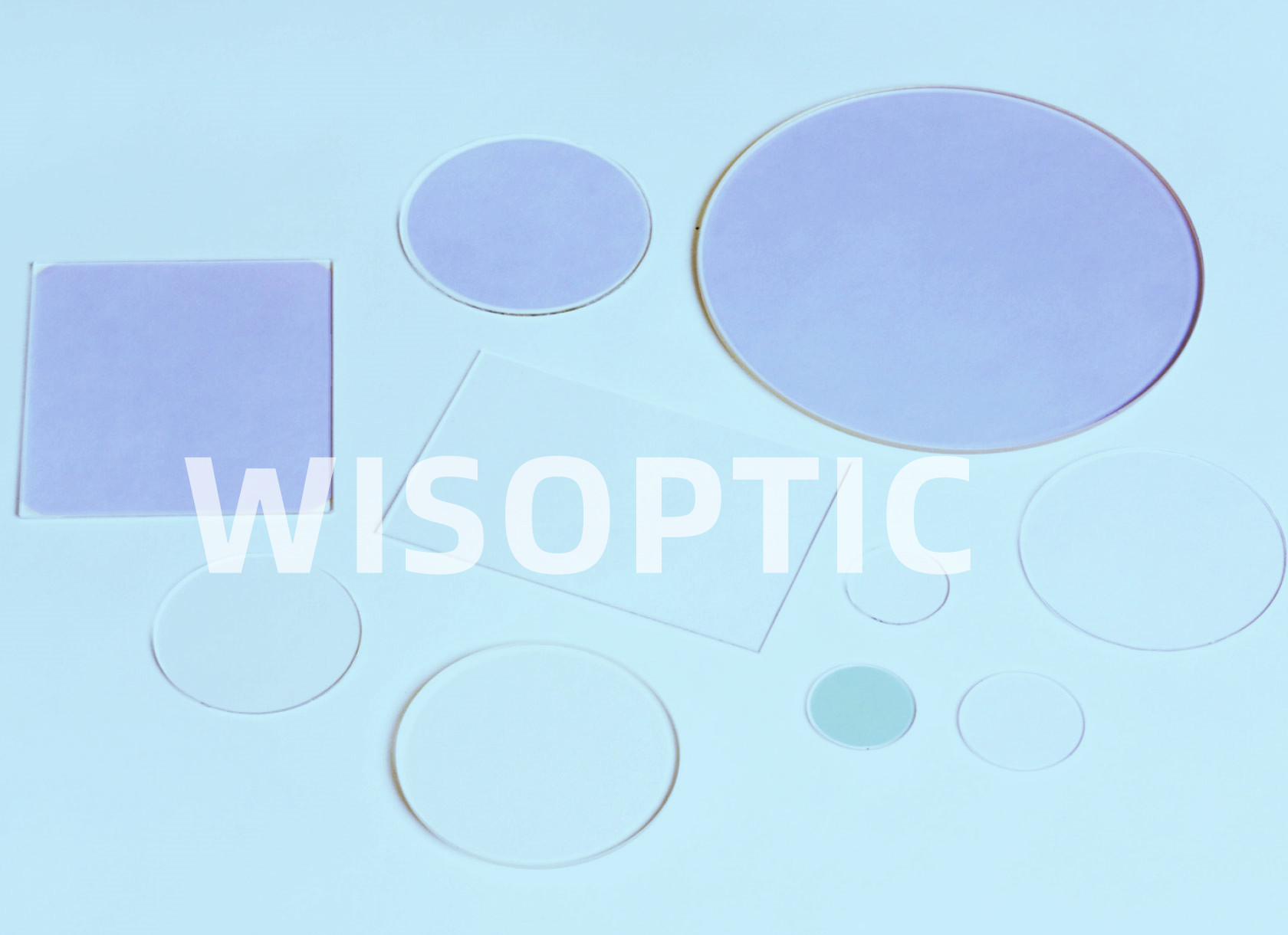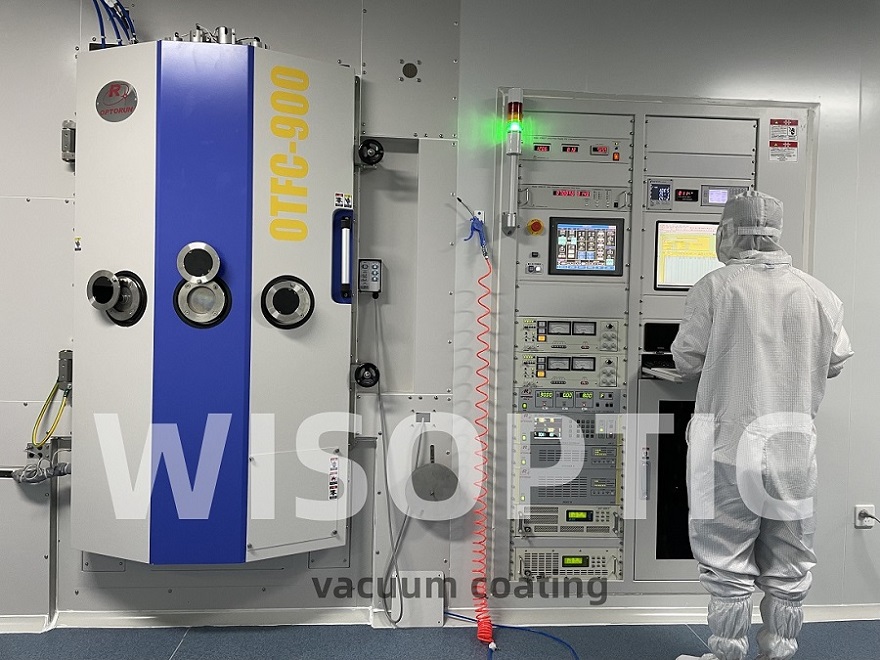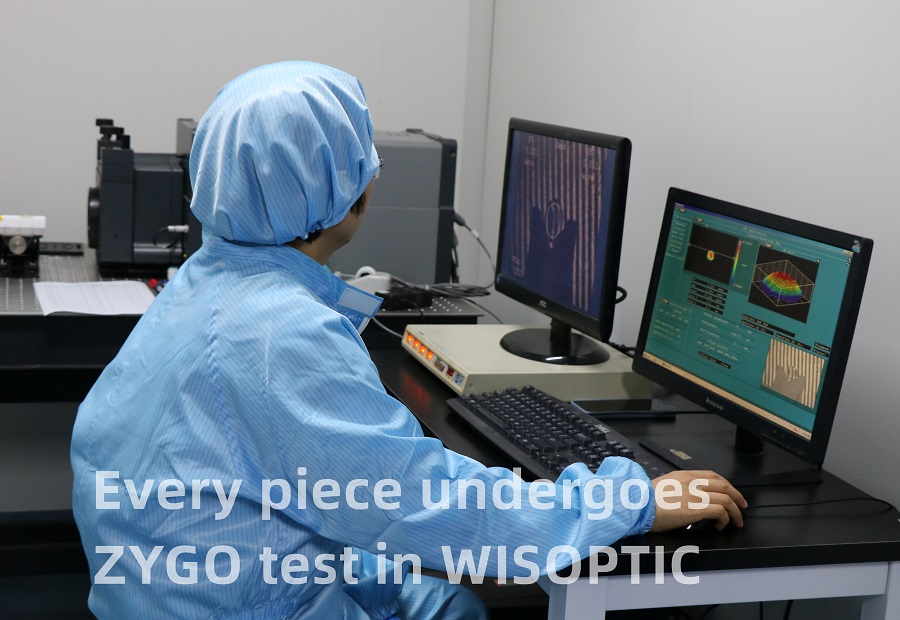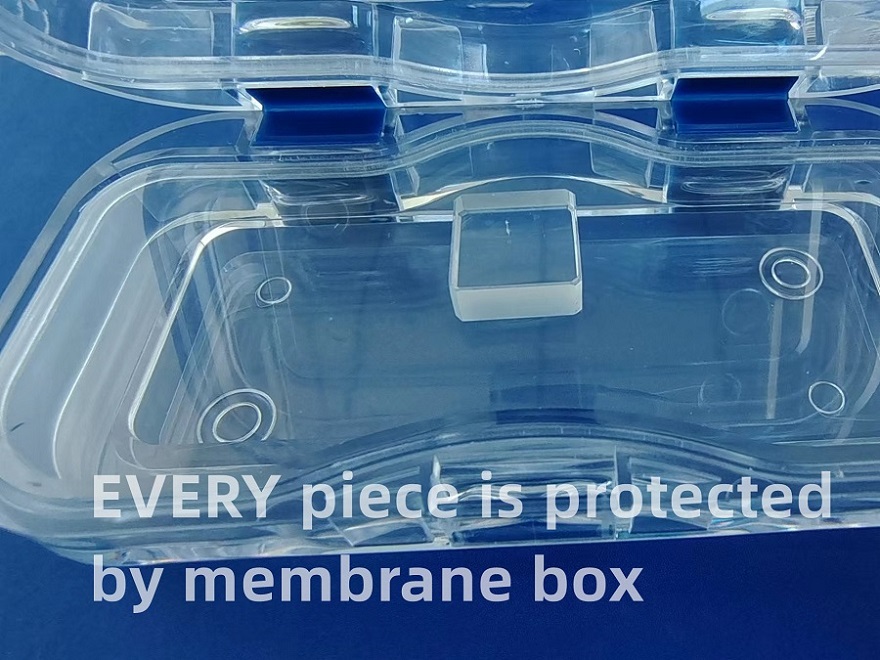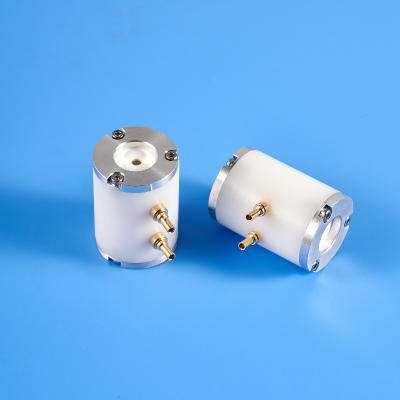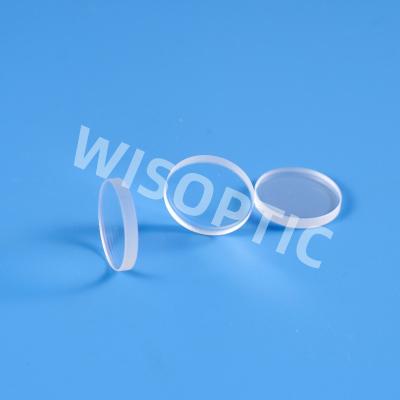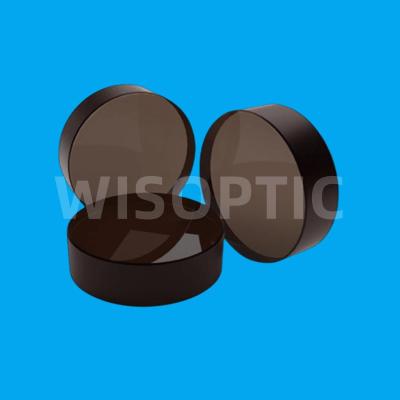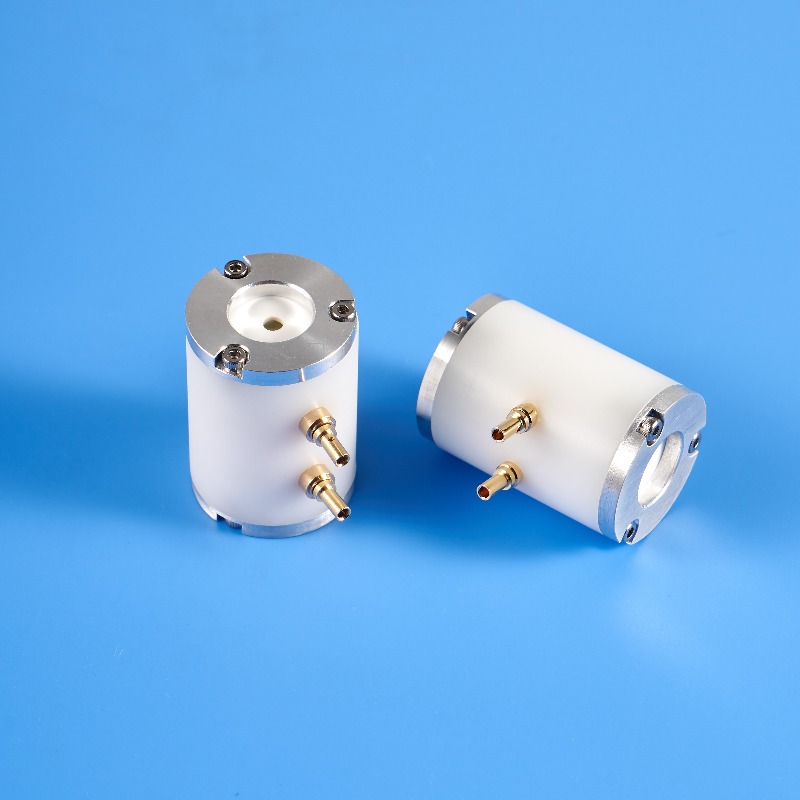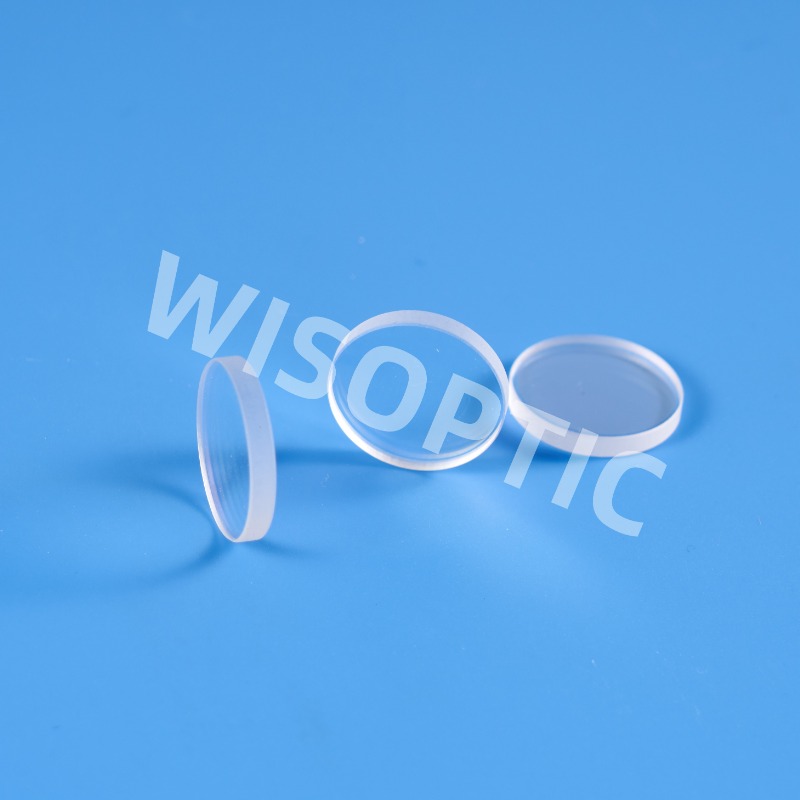Laser Windows
Sizes ranging from 3 - 500mm with thickness starting at 0.2mm
Dozens of materials from standard glass catalogs of Schott, Hoya, Ohara, and CDGM
Infrared materials including Fluorides, Ge, Si, ZnS, and ZnSe
Wide variety of anti-reflection coatings including broadband, laser-Line, and ITO conductive
Quick-turn coating options on off-the-shelf uncoated substrates
Rapid custom sizing of all float glass materials
Competitive price and lead time
Optical windows are made in the form of flat plates of a transparent medium that allow light into an instrument. Windows have high optical transmission with little distortion of the transmitted signal, but can not change the magnification of the system. Windows often used for isolating optical systems or components against detrimental influences from the environment. For example, most photodiodes and other kinds of photodetectors often contain an optical window above their light-sensitive area to protect it against dirt, corrosive influences and mechanical damage. Similarly, housings of lasers are often protected with optical windows in order to keep the housing free of any dust. Some laser viewing windows are made to transmit visible light for inspection purposes, while blocking laser light (e.g. in the infrared) for laser safety reasons.
When choosing a window, the user should consider whether the material's transmission properties and the mechanical properties of the substrate are consistent with specific requirements of the application. Common optical materials used for optical windows are glasses like fused silica and BK7 for visible or near-infrared light.
For infrared optics at longer wavelengths, one also uses various types of crystalline materials such as calcium fluoride, also semiconductors like zinc selenide, silicon and germanium. Coating is another important issue for choosing a proper window. For minimizing reflections, one usually uses anti-reflection coatings. These work well only in a limited wavelength range.
There are broadband coatings working in a large wavelength range, but
typically with lower suppression of reflections than narrowband coatings
(available for many laser line applications) can achieve in a small wavelength range.
WISOPTIC Specifications - Laser Windows
Standard | High Precision | |
Material | BK7 or UV fused silica | |
Diameter Tolerance | +0.0/-0.2 mm | +0.0/-0.1 mm |
Thickness Tolerance | ± 0.2 mm | |
Clear Aperture | > 90% of central area | |
Surface Quality [S/D] | < 40/20 [S/D] | < 20/10 [S/D] |
Transmitted Wavefront Distortion | λ/4 @ 632.8 nm | λ/10 @ 632.8 nm |
Parallelism | ≤ 30” | ≤ 10” |
Chamfers | 0.50 mm ×45° | 0.25 mm ×45° |
Coating | Upon request | |

